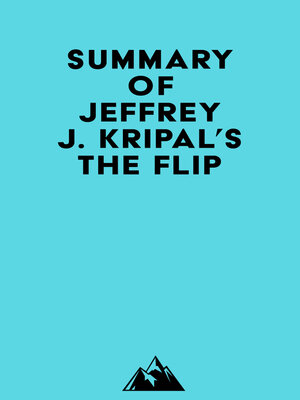
Sign up to save your library
With an OverDrive account, you can save your favorite libraries for at-a-glance information about availability. Find out more about OverDrive accounts.
Find this title in Libby, the library reading app by OverDrive.



Search for a digital library with this title
Title found at these libraries:
| Loading... |
Please note: This is a companion version & not the original book. Sample Book Insights: #1 Mark Twain was a famous writer who was obsessed with coincidence. In 1858, he had a dream in which his brother was lying in a metal burial case, which was exactly how his brother died. He could not bring himself to publish the story, as he was afraid the public would treat it as a joke. #2 The mental telegraphy metaphor points to the cutting-edge technology of the day. It also points to Twain's belief that whatever processes this mental telegraphy named had some profound relationship to his literary success. #3 The word paranormal was coined by the French researcher Joseph Maxwell in 1903. It was used to describe mind-over-matter phenomena that were well documented, but poorly understood. The word was not used to describe supernatural phenomena. #4 The supernormal and the paranormal did not mean the supernatural, which was used from the thirteenth century on as a clear marker for an act or event from God. The supernormal meant all of those strange signs and anomalies of human experience that hint at a fundamental reality.






